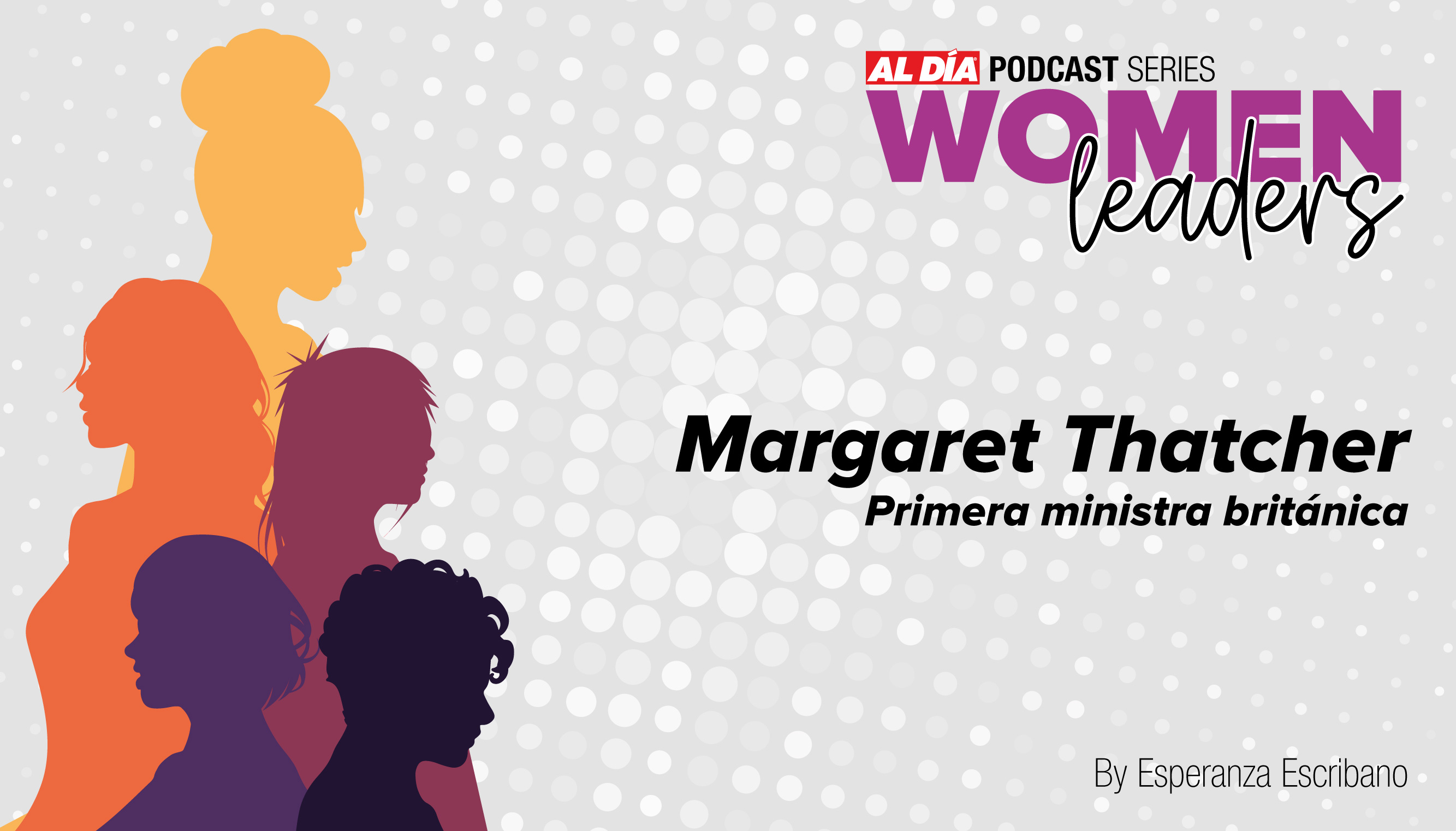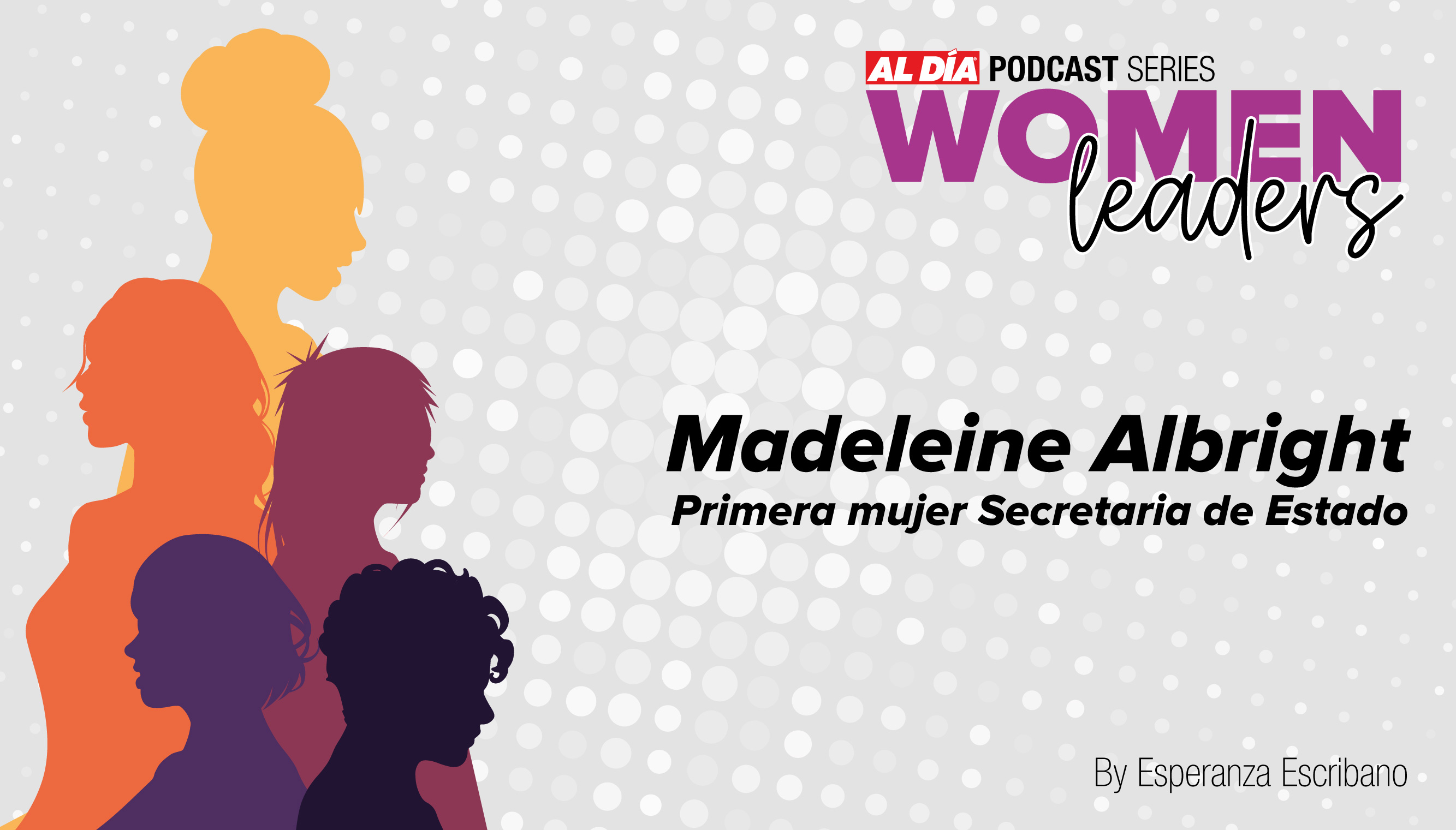
Innumerate: The state of math education in America
Policy makers and educators alike agree that math-heavy fields will fuel America's future, but few have united to handle the inequities and incompetencies of…
It started in 1450.
When the printing press was invented, eight in ten adults in England couldn't write their own names. The mass production of books made reading more accessible and literacy rates rose steadily. But the rates didn't really begin to grow until school became more commonplace in the 17th century. Two centuries after Gutenberg's invention, nearly seven in ten adults in England were illiterate. Thanks to education, it only took another 50 years before half the population was reading and writing.
Like the printing press, greater access to computers has increased the number of people who have taken it upon themselves to learn about algorithmic thinking, coding and a language of numbers and reasoning so specific to computing. But still, the average American is in the dark about the world behind our screens.
In a matter of decades, computers, whether on our desks or in our hands, have grown to plant themselves in our daily lives. Everything we do — from the information we find on the internet to how we share that information and who sees it — has code, an algorithm, and someone who understands that world behind it, a language that most Americans cannot read. That thinking and language have not yet been incorporated into the educational curriculum, despite how vital it is for the future.
Eight of the ten most wanted employees five years ago were to fill positions in science, technology, engineering and mathematics. And those occupations are growing at a rate of 17 percent, according to the U.S. Department of Commerce, while others are growing at half that rate, especially positions that require programming knowledge.
But not many are encouraged to go into STEM careers, and those who do are disproportionately white and male. Three in four STEM workers were men in 2011. In the same year, less than 13 percent of all STEM workers identified as Black or Latino (each 6.5 percent), 70 percent identified as white and 14 percent as Asian. At that time, the demographics of working adults were 25 percent Black or Latino (10 and 15 percent, respectively), 66 percent white and 6 percent Asian. Nearly half of the total workforce were female.
As the demographics of the country change, classrooms are growing more diverse. The majority of school-aged children in America is no longer white. Yet the country's education system is still divided. The children sitting in divided classrooms, in divided school districts in divided states, the children who have just started a new school year, will be the leaders of tomorrow. Advocates for investing in STEM education fear that if the divides are not closed, the leaders of tomorrow will look a lot like the leaders of today and yesterday.
"I'm just not a math person"
To Brad Latimer, who teaches math at Philadelphia's Science Leadership Academy (SLA), that is the most frustrating notion that students bring into his classroom. SLA, a public high school that is a partner of the Franklin Institute, focuses on project-based, inquisitive learning, preparing students not just for college courses, but to be the next leaders in their fields.
But for many students, math is a barrier to that future, and one that is built much earlier than high school.
Some parents even excuse their child’s math performance based on their own history with the subject — as if ability is genetic.
It starts in elementary school, Latimer said, especially with a concept like fractions.
“It’s like a wall that they hit,” Latimer said. “I’ve heard several students say that, going back to elementary school — second, third, fourth grade — when they hit fractions, decimals, multiplication for some kids, when they hit something that they either struggled with or didn’t understand, they just kind of shut down around that specific concept.”
“Tons of algebra, geometry, algebra II — every course later involves fractions,” Latimer said. “By shutting that down so early [...] it really sets kids back.”
To Latimer, the challenge is not filling in the gaps of learning, but overcoming the lack of confidence students form as early as elementary school. He and other teachers address the issue by spending the first week of the school year not focused on math, but focused on mindset.
According to research by Stanford University’s Carol Dweck who wrote the book, “Mindset,” the brain actually forms new connections when it struggles to learn by making mistakes. The idea played out in a 2007 study under Dweck that examined the growth of 7th-grade students from economically disadvantaged backgrounds over the course of two years. Students who were taught about neuroplasticity — that intelligence, like muscles, is not inherently fixed, but grows with exercise (or learning) — performed better than their peers in the control group.
Latimer has taken a page out of Dweck’s book, so to speak — his students take “mindset quizzes” and the class discusses and identifies fixed versus growth mindsets, reflecting on their past experiences with math.
“By front-loading that work at the beginning of the year, it established this language, like when kids get frustrated and say, ‘oh I just stink at math’ and they throw the pencil and another kid will be like, ‘oh that’s a fixed mindset,’” Latimer said. “They just recognize it right away. By using the same language over and over again, those students are really starting to internalize that.”
Latimer also tries to emphasize the importance of making mistakes, especially when it comes to learning math, telling students that, “if you always get everything right, you’re not learning anything.” The school’s model of project-based learning helps too, he said, especially when it comes to engaging students and more deeply assessing learning.
But for schools and teachers who must teach to standardized tests, project-based learning isn’t always an option. Hemant Mehta, an educator and outspoken activist, said that engaging students can start with developing relevant problems for them to solve.
“A lot of math classes revolve around standardized testing, where we teach students what they need to know to get good ACT/SAT scores, but which doesn't really help them in the long run,” Mehta said. “Many of those skills are useful, no doubt, but unless you already like the subject, the questions tend to be dull. They don't inspire anybody. They don't allow for exploration and experimentation. They don't allow for open-ended estimates. It's no wonder students often say they hate the subject.”
“Most curriculums don't allow for that, because there have to be exams and textbooks and all teachers need to be on the same page,” Mehta said.
A new curriculum known as Common Core, which has so far been adopted in 43 states, including Pennsylvania, attempts to teach math with more critical thinking and class discussion — but not everyone is on the same page.
“In theory, the standards really get to the heart of what math students really need to know before they graduate,” Mehta said. “A lot of the criticism stems from a misunderstanding of what it is and how it works.”
The problem with the Common Core may not be the curriculum itself, but the lack of support in its rollout, Mehta said. Teachers who have been teaching math one way for years must approach the subject in a completely different way. Parents who have learned math much differently struggle with their children to understand the new way of learning. Comedian Louis C.K. popularly explained what his daughter’s Common Core homework was like on the Late Show with David Letterman — “I say, ‘Come on, look at the problem. And then I look at the problem and it’s like, ‘Bill has three goldfish. He buys two more. How many dogs live in London?”
A Pew survey from earlier this summer found that U.S. adults are split on Common Core — nearly 40 percent oppose the standards while 45 percent favor it. The rest just don’t know what it is.
“Teachers everywhere are blindly trying to do what they think is best, many without a template,” Mehta said. “I really do believe teachers could get on board with this, but they need the support of parents and politicians — and they're losing them rapidly through no fault of their own.”
But it’s not just concepts or confidence that set students back. When it comes to math, schools routinely track students, and those placed in higher classes are disproportionately white and Asian.
According to the National Center for Education Statistics, 88 percent of Black students and 83 percent of Latino students are off-track in math when they begin high school, and less likely to perform well on SATs or have an opportunity to take Advanced Placement courses in areas like calculus. In 2009, just 12 percent of Black students and 17 percent of Latino students took Algebra 1 before high school, compared to nearly a third of white students and almost half of all Asian students.
Math tracking violated federal and state anti-discrimination laws because of its impact on students of color
In Philadelphia, the statistics show the disparities. According to the Civil Rights Data Collection, white students make up just 14 percent of total enrollment, and more than half of Algebra I enrollment in 7th or 8th grade.
Take twenty students, the size of a small classroom. In a classroom that reflects the district’s enrollment, 11 students are Black, four students are Latino, three students are white and two students are Asian. In a middle school algebra class, 11 of the students are white, four are Asian, four are Black and just one is Latino. Only students enrolled in Algebra I before middle school can take Calculus in high school, because schools require students to first take Geometry, Algebra II and Pre-Calculus courses. As a result, more than half of the students enrolled in Calculus are white or Asian in Philadelphia. Just 1 in 20 is Latino.
Part of the problem is the idea of fixed learning that Latimer tries to address in his own classroom. But once that barrier is overcome, academic trajectory can be corrected, Latimer said. SLA offered summer courses so students off-track in math can have the option to take advanced classes, calculus or statistics — courses that their 7th-grade math performance may determine them ineligible for in most schools.
Even students of color who take middle school algebra are not guaranteed to be on track. A report from the Lawyer’s Committee for Civil Rights found that Black, Latino and Pacific Islander students were disproportionately forced to retake Algebra I in high school, even if they scored proficiently in the class. According to the report, half of all Black and Latino students took Algebra I in 9th grade, but just 16 percent were enrolled in Geometry in 9th grade. The report even went on to argue that math tracking violated federal and state anti-discrimination laws because of its impact on students of color.
To Erin McNamara Horvat — a parent, Associate Professor of Urban Education at Temple University, and Governance Committee Chair of Philadelphia’s YouthBuild Charter School — expectations are everything, and so are parents.
McNamara Horvat said that the educational system is not set up to provide students with support, so parents are pivotal. When parents do not expect their child to do well in math and do not advocate for their child to be placed in more advanced courses, the student is less likely to succeed.
Some parents even excuse their child’s math performance based on their own history with the subject — as if ability is genetic.
“If parents think that there’s kid’s ability is fixed, that sets expectations. We have been taught math so badly — we adults — that it’s really hard for parents to have reasonable high expectations for their kids,” McNamara Horvat said. “I think really any parents, given the right kind of tools, can say, ‘I expect more of you.’”
The expectations aren’t just about grade achievement, but also what school a student attends and what classes they are enrolled in.
“Working class parents are much more willing to accept the knowledge of the school as legitimate. If a school says to a parent, ‘you know your kid really should be in remedial reading,’ and you’re working class you’d be like, ‘school knows best. Who am I? I didn’t finish high school, I didn’t go to college,’” McNamara Horvat said. “If somebody says that to me, forget it, I’m going to go get my kid tested privately.”
Algebra I placement, in particular, often depends on a single test or teacher assessment of a student. Sometimes schools do not offer enough Algebra I courses for middle school students.
“Unless we’re willing to talk about school funding, we’re rearranging the deck chairs on the Titanic” — Erin McNamara Horvat
“Parents don’t have the resources, knowledge, skill and, more importantly, the efficacy to believe in themselves to be able to assess what’s a good school and not a good school,” McNamara Horvat said, especially in neighborhoods where district schools have closed and parents often must choose between charter schools. In Philadelphia, nearly one in three schools is a charter.
Carolyn Sattin-Bajaj of Seton Hall University, wrote in “Unaccompanied Minors: Immigrant Youth, School Choice, and the Pursuit of Equity” that the idea of “school choice” so popular among politicians today as a solution to inequity was rooted in parent’s effort to pull students out of district schools during desegregation and place white students in public alternatives, known as magnet schools. Today, school choice focuses on charter school expansion, the rhetoric focused on shutting down “bad schools” and opening “better, more efficient schools.” Sattin-Bajaj argued in her book that data doesn’t show whether charter schools are out-performing district public schools, and school choice may actually be exacerbating inequities.
“If you look at who’s at Masterman or Central, look at the social class background,” McNamara Horvat said, pointing out that 41 percent of students at Masterman — one of the best schools in the state — are white, and 46 percent are economically disadvantaged. The school district as a whole is 14 percent white and 87 percent economically disadvantaged. But when it comes to empowering parents and bettering student’s education, improving school funding is the first step in the conversation, McNamara Horvat said.
“Unless we’re willing to talk about school funding, we’re rearranging the deck chairs on the Titanic,” McNamara Horvat said. “That’s not to say that money is the only thing, but it sure matters.”
When it comes to investing in math education, money matters early in a child’s trajectory, McNamara Horvat said, but the generations who have not been educated to their full potential also matter.
“You have these cohorts of kids moving through the system, and just because it’s a better use of money to invest in kindergartners, it doesn’t mean that you want to write off a whole generation of kids,” McNamara Horvat said.
The schools opening throughout Philadelphia this week have undergone years of budget cuts. Staff has been reduced by 15 percent in just two years and many school have been stripped of their full-time nurses, counselors and librarians, among other support staff as teachers are expected to teach more students with fewer resources. The changes affect entire generations that, as we speak, are learning how to learn, a lesson that will impact their entire lives.











LEAVE A COMMENT:
Join the discussion! Leave a comment.